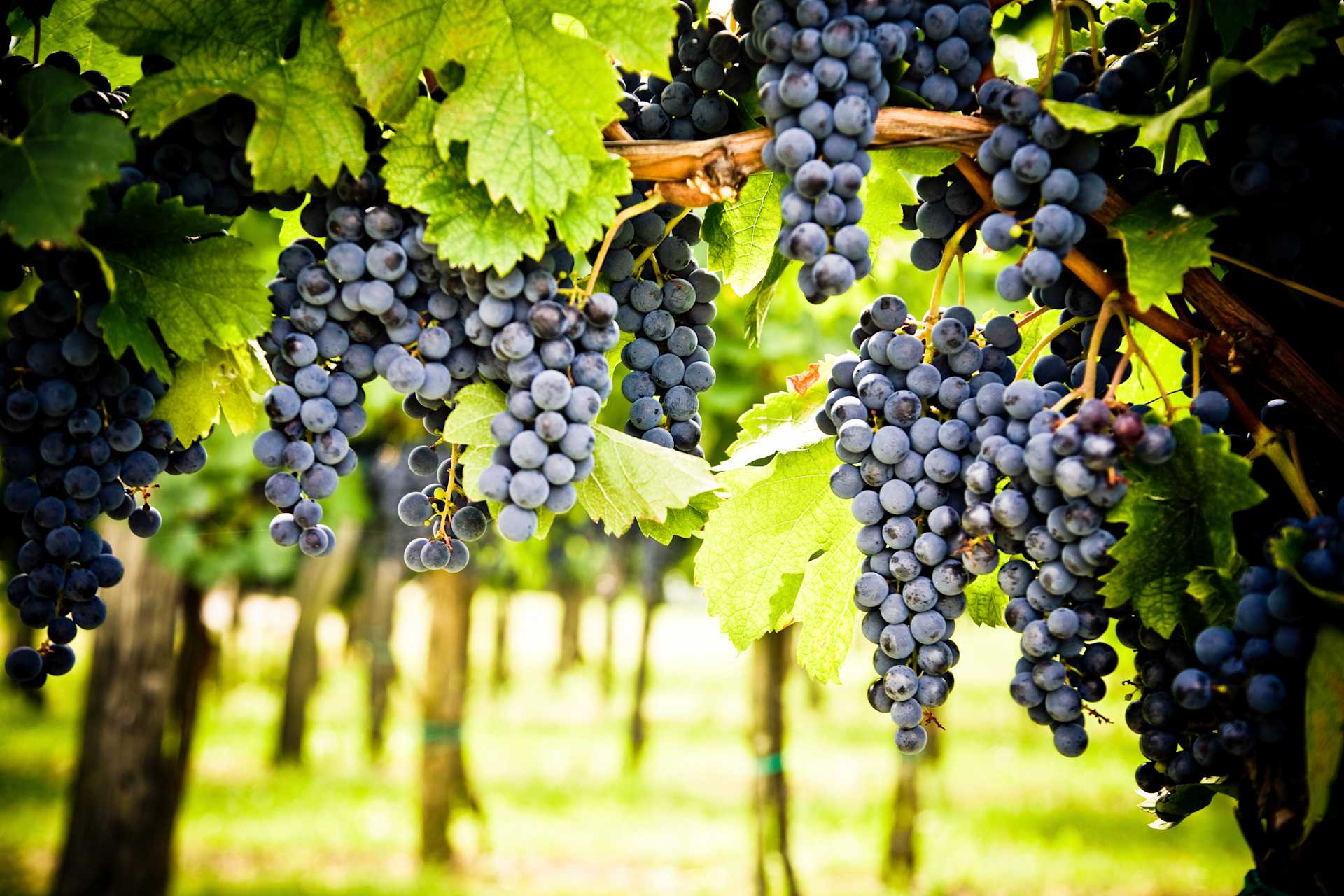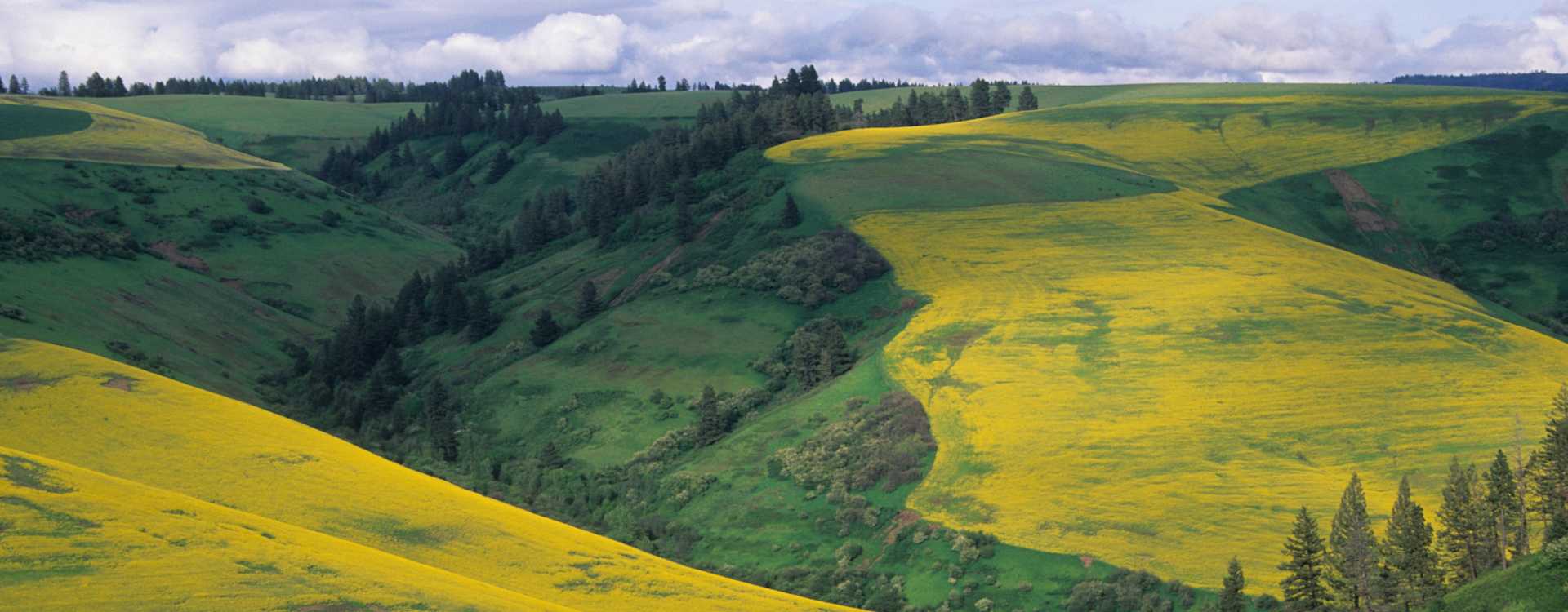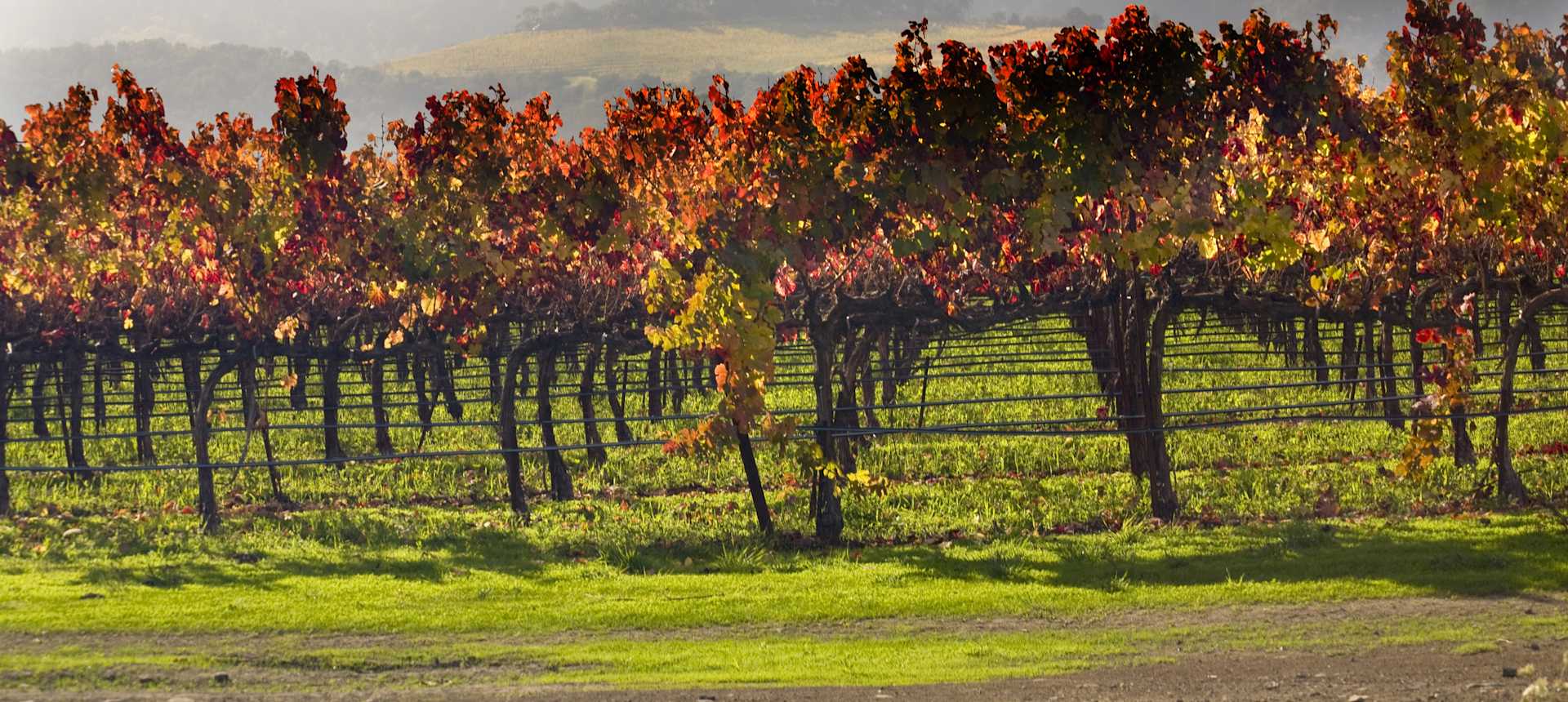Leonetti Cabernet Sauvignon 2018
-
James
Suckling -
Jeb
Dunnuck -
Robert
Parker -
Wine
Enthusiast -
Wine
Spectator



Product Details
Your Rating
Somm Note
Winemaker Notes
Gorgeously saturated color. The bouquet emits bright red fruits, cedar, cassis, anise, and cocoa. The wine has lovely aging potential and is expressive with notes of pencil shavings, vanilla spice, and black currant. Flawlessly balanced on the palate with the perfect harmony of fruit, tannin, and acid.
Blend: 81% Cabernet Sauvignon, 9% Merlot, 6% Cabernet Franc, 2% Malbec, 2% Petit Verdot
Professional Ratings
-
James Suckling
Blackberry, blackcurrant, tobacco leaf, dried herb, walnut and mocha on the nose. Some roasted-coffee notes. It’s full-bodied with firm, tightly knit tannins. Flavorful with fresh acidity and a supple texture. Delicious now, but better from 2022.
-
Jeb Dunnuck
I loved the base 2018 Cabernet Sauvignon. This will stand up to any Bordeaux blend coming out of Washington today. A blend of 81% Cabernet Sauvignon, 9% merlot, and the rest Cabernet Franc, Malbec, and Petit Verdot, it offers a medium to full-bodied, incredibly seamless, balanced style carrying lots of cassis and darker currant fruit as well as notes of tobacco, bouquet garni, graphite, and scorched earth. It closes down relatively quickly with air and is a serious, structured, yet incredibly promising Cabernet. Hide bottles for 5-6 years and enjoy over the following two decades.
Rating: 96+
-
Robert Parker's Wine Advocate
Made with the addition of 9% Merlot, 6% Cabernet Franc, 2% Malbec and 2% Petit Verdot, the 2018 Walla Walla Cabernet Sauvignon has a deep ruby core with a magenta rim and bursts with aromas of dark cherry, black raspberry essence and plum compote. Full-bodied, the palate offers firm tannins that sway with mineral tension and juicy robustness. Seductive floral tones offer a lasting impression across the long-lingering and juicy finish, leaving behind flavors of bitter dark chocolates and crème de cassis.
-
Wine Enthusiast
Aromas of scorched coffee, earth, tar, black cherry, cassis, dark chocolate, anise and spice are followed by dense, layered, rich fruit flavors. There's plenty of levity to keep it aloft, along with precision and detail. The finish carries as long as you care to count. It's a quintes sential Walla Walla Valley wine at its finest, with power and grace. Drink from 2028 to 2038, but it will live as long as you care to keep it.
-
Wine Spectator
Deeply structured and full-bodied, this red builds tension with blackberry, dusky spice and smoky sweet anise flavors, finishing with broad-shouldered tannins. Hands off this one for now. Best from 2023.
Other Vintages
2020-
James
Suckling -
Jeb
Dunnuck - Decanter
-
Robert
Parker - Vinous
-
Wine
Spectator
-
Jeb
Dunnuck -
James
Suckling -
Wine
Spectator
-
Jeb
Dunnuck -
James
Suckling -
Wine
Enthusiast -
Robert
Parker -
Wine
Spectator
-
James
Suckling -
Jeb
Dunnuck -
Robert
Parker -
Wine
Enthusiast
-
James
Suckling -
Jeb
Dunnuck -
Robert
Parker -
Wine
Spectator -
Wine
Enthusiast
- Decanter
-
Robert
Parker -
Wine
Enthusiast -
Wine
Spectator
-
Robert
Parker - Decanter
-
Wine
Enthusiast -
Wine
Spectator
-
Jeb
Dunnuck -
Robert
Parker - Decanter
-
Wine
Spectator -
Wine
Enthusiast
-
Robert
Parker - Decanter
-
Wine
Enthusiast -
Wine &
Spirits
-
Robert
Parker -
Wine
Enthusiast - Decanter
-
Wine &
Spirits
-
Wine
Enthusiast -
Robert
Parker -
Wine
Spectator
-
Wine
Enthusiast -
Robert
Parker -
Wine &
Spirits -
Wine
Spectator
-
Wine
Enthusiast -
Wine &
Spirits -
Robert
Parker -
Wine
Spectator
-
Wine
Enthusiast - Decanter
-
Robert
Parker
-
Robert
Parker
-
Robert
Parker
-
Wine
Spectator
- Decanter
-
Wine
Enthusiast -
Wine
Spectator
-
Wine
Spectator -
Wine
Enthusiast -
Robert
Parker
-
Wine
Spectator -
Robert
Parker
-
Wine
Spectator
-
Wine
Spectator
-
Wine
Spectator -
Robert
Parker

A noble variety bestowed with both power and concentration, Cabernet Sauvignon enjoys success all over the globe, its best examples showing potential to age beautifully for decades. Cabernet Sauvignon flourishes in Bordeaux's Medoc where it is often blended with Merlot and smaller amounts of some combination of Cabernet Franc, Malbecand Petit Verdot. In the Napa Valley, ‘Cab’ is responsible for some of the world’s most prestigious, age-worthy and sought-after “cult” wines. Somm Secret—DNA profiling in 1997 revealed that Cabernet Sauvignon was born from a spontaneous crossing of Cabernet Franc and Sauvignon Blanc in 17th century southwest France.

Responsible for some of Washington’s most highly acclaimed wines, the Walla Walla Valley has experienced a surge in popularity in recent years and is home to both historic wineries and younger, up-and-coming producers.
The Walla Walla Valley, a Native American name meaning “many waters,” is located in southeastern Washington; part of the appellation actually extends into Oregon. Soils here are well-drained, sandy loess over Missoula Flood deposits and fractured basalt.
It is a region perfectly suited to Rhône-inspired Syrahs, distinguished by savory notes of red berry, black olive, smoke and fresh earth. Cabernet Sauvignon and Merlot create a range of styles from smooth and supple to robust and well-structured. White varieties are rare but some producers blend Sauvignon Blanc with Sémillon, resulting in a rich and round style, and plantings of Viognier, while minimal, are often quite successful.
Of note within Walla Walla, is one new and very peculiar appellation, called the Rocks District of Milton-Freewater. This is the only AVA in the U.S. whose boundaries are totally defined by the soil type. Soils here look a bit like those in the acclaimed Rhône region of Chateauneuf-du-Pape, but are large, ancient, basalt cobblestones. These stones work in the same way as they do in Chateauneuf, absorbing and then radiating the sun's heat up to enhance the ripening of grape clusters. The Rocks District is within the part of Walla Walla that spills over into Oregon and naturally excels in the production of Rhône varieties like Syrah, as well as the Bordeaux varieties.


